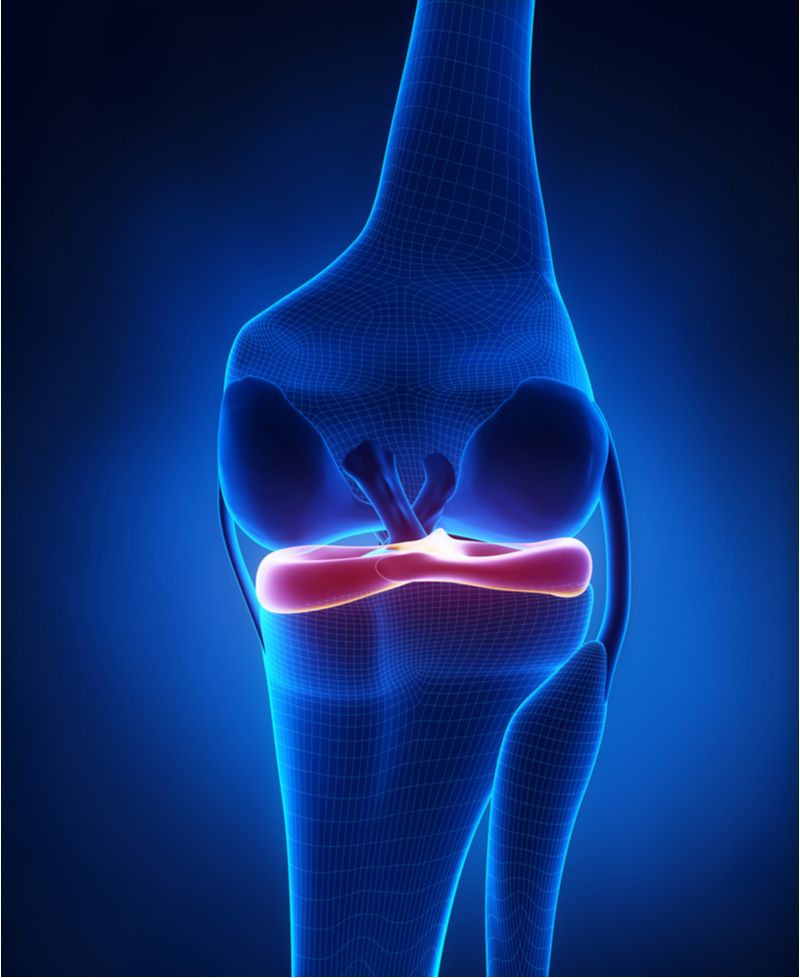Welcome to our guide on meniscus tears, a common knee injury that can impact daily activities and athletic performance. The meniscus, shaped like a ‘C,’ serves as a vital shock absorber in the knee joint, cushioning movements and providing stability. In this article, we’ll delve into the anatomy of the meniscus, explore the types of injuries that can occur, and discuss the various treatment approaches available, with a focus on the role of physiotherapy in promoting recovery.
What is a Meniscus?
The meniscus, composed of durable, bendable tissue, plays a crucial role in knee function. Positioned between the thigh bone (femur) and the shin bone (tibia), it distributes weight and reduces friction during movement. While the outer edge of the meniscus enjoys good blood supply, the inner regions are less vascularized, impacting healing potential.

Types of Meniscus Injuries
Meniscus tears can result from traumatic incidents, such as sudden twists, falls, or blows to the knee, or develop gradually due to wear and tear over time. Symptoms may vary, including popping, locking, clicking sensations, and swelling, which can be activity-dependent or related to the extent of the tear.
Surgical Intervention vs. Conservative Management
When faced with a meniscus tear, individuals often weigh the pros and cons of surgical interventions like meniscectomy or repair against conservative treatments. However, emerging research suggests that conservative management, including physiotherapy, can yield comparable outcomes in pain relief and functional improvement over time. This approach prioritizes non-invasive techniques to enhance muscle strength, flexibility, and joint stability.
Examples of Conservative Management
Strengthening Exercises:
Physiotherapy regimens often include quad-strengthening exercises like leg presses and lunges to improve knee stability and support.
Muscle Stretching:
Targeted stretching of the hamstrings and quadriceps helps alleviate tension and reduce strain on the knee joint, enhancing range of motion and flexibility.
Balance Training:
Incorporating balance exercises such as single-leg stances and Bosu ball workouts enhances proprioception and coordination, reducing the risk of future injuries.
In conclusion, navigating the complexities of meniscus tears involves understanding the nature of the injury and exploring treatment options tailored to individual needs. While surgical intervention remains a viable choice in certain cases, the benefits of conservative management, particularly through physiotherapy, cannot be overstated. By prioritizing non-invasive techniques and adopting a proactive approach to rehabilitation, individuals can optimize their recovery and regain confidence in their knee function. Remember, seeking guidance from healthcare professionals is key to developing a personalized treatment plan aligned with your goals and aspirations. If you would like to book in for a free consultation to discuss a personalized care plan, Book Here!
